Your Perfume Collection: How Many is Too Many? (And How to Curate Yours)
Perfume is more than just a scent: it’s a memory, a mood, a signature. With new fragrance launches nearly every season and endless options from niche and designer houses, it’s easy to find yourself accumulating bottle after bottle. But is there such a thing as too many perfumes? And if so, how do you create a collection that feels complete, not cluttered? Let’s explore how to build, edit, and enjoy your fragrance wardrobe without overwhelming your space or your senses.
The Psychology of Perfume Collecting
Perfume collecting isn’t just about smelling good, it taps into something deeper. Fragrance is one of the most powerful memory triggers we have. A single spritz can take us back to childhood summers, a first date, or even a distant city we once visited. It’s no wonder that many people form emotional attachments to their perfumes.
For some, collecting perfumes becomes a way to express identity. Just as we change our clothes to match the day, mood, or season, a well-stocked fragrance wardrobe lets us shift personas: confident professional, playful romantic, bold adventurer. The growing world of niche and artisanal perfume also appeals to those seeking individuality through scent, something unique that no one else is wearing.
There’s also the thrill of the hunt. Limited editions, discontinued classics, or cult-favorite niche brands create a sense of urgency and exclusivity. The act of acquiring a rare or hyped fragrance can trigger dopamine responses similar to luxury shopping or fine art collecting.
However, this excitement can evolve into what psychologists call “variety-seeking behavior” — buying new scents simply for the novelty, not because they fit into a personal style or daily routine. Over time, this can lead to fragrance fatigue or buyer’s remorse, especially when unused bottles begin to pile up.
Understanding your motivations, whether emotional, aesthetic, or social, can help you make more intentional choices when building or trimming your collection.
How Many Perfumes Is Too Many?
There’s no magic number when it comes to how many perfumes you should own, but there is a tipping point where quantity can start to overshadow quality.
For some, five bottles may feel excessive; for others, a 40-piece niche collection might be just right. The real question to ask is: Are you truly using and enjoying what you own?
Here are a few signs you might have too many perfumes:
- You forget what you have: If you regularly “rediscover” bottles you forgot existed, it’s a red flag.
- Bottles are expiring: Most perfumes last 3–5 years if stored properly. If you notice off-smelling top notes or color changes, it’s likely too late.
- You only wear a few regularly: Many fragrance lovers fall into the 80/20 trap—wearing 20% of their collection 80% of the time.
- You’re overwhelmed by choice: If deciding what to wear each morning feels like a chore, your collection may be too large to manage.
A good benchmark for most perfume enthusiasts is anywhere from 5 to 15 bottles, enough for variety without dilution of use. Of course, collectors or reviewers may naturally go higher, but even then, intentional curation is key.
Think of your perfume wardrobe like a closet: if it’s filled with items you never reach for, it may be time to downsize.
The Ideal Perfume Wardrobe — Quality Over Quantity
A curated perfume collection isn’t about owning the most bottles—it’s about having the right ones for you. A well-rounded fragrance wardrobe should reflect your lifestyle, preferences, and the moments you want to enhance with scent.
Here’s a breakdown of the core fragrance types to include for a balanced collection:
Signature Scent
This is your personal classic, the fragrance that people associate with you. It’s versatile, timeless, and feels effortless every time you wear it.
Examples: Floral musks, soft woods, fresh citruses.
Seasonal Scents
Different temperatures bring out different notes in perfumes. Tailoring your choices to the season not only keeps things interesting but also helps fragrances perform better.
- Summer perfumes: Light, airy scents, citrus, green tea, marine, or fresh floral notes.
- Winter perfumes: Warm, cozy blends—amber, vanilla, oud, incense, and spicy accords.
Occasion-Based Scents
- Work-friendly perfumes: Clean, soft, non-offensive scents—light florals, powdery musks, or green notes.
- Evening or date perfumes: Rich, seductive fragrances—gourmands, chypres, oriental blends.
- Special occasion perfumes: Statement-makers—expensive extraits or rare finds saved for weddings, holidays, or big moments.
How to Curate Your Collection Like a Pro
Whether you're downsizing or just getting more intentional, curating your perfume collection is about creating clarity, not cutting out all the fun. Think of it as editing a playlist: you keep what speaks to you, and skip what no longer fits.
Follow these four simple steps to take control of your fragrance shelf:
Step 1: Audit Your Collection
Lay out every bottle you own. Smell each one, check the condition, and ask:
- Do I still love this?
- When was the last time I wore it?
- Is it still wearable, or has it turned?
Step 2: Categorize by Use
Sort your collection into categories like:
- Everyday wear
- Seasonal favorites
- Evening/special occasion scents
- Sentimental bottles (gifts, vintage, discontinued)
Step 3: Let Go of the Rest
If a perfume no longer brings you joy, set it free. Options include:
- Gifting to friends or family
- Selling or swapping in fragrance communities
- Using unused perfumes as room sprays or to scent wardrobe drawers
Step 4: Rebuild with Intention
Now that you’ve streamlined your collection, take note of what’s missing. Maybe you need a fresh summer citrus or a leather fragrance. Make a wish list based on gaps, not hype.
Pro tip: Sample before committing. Discovery sets and decants let you test without blind-buying full bottles.
By curating your collection with intention, you’ll reach for your perfumes more often and enjoy them more deeply.
Storage Tips to Preserve Your Perfumes
Even the most luxurious perfume can lose its magic if not stored properly. Heat, light, and humidity are the top enemies of fragrance longevity.
Keep Them Cool and Dark
Store perfumes in a cool, stable environment under 21°C (70°F), away from direct sunlight and heating vents.
Avoid:
- Window sills
- Open shelving exposed to sun
- Cars or hot bathrooms
Avoid the Bathroom Trap
Humidity from showers can break down fragrance compounds over time. Store them on a bedroom dresser, in a drawer, or closet shelf instead.
Always Cap Tightly
Make sure bottles are always closed tightly after use to limit air exposure and prevent evaporation.
Store Upright and in Original Packaging
Keep bottles upright to prevent leakage. Original boxes provide extra protection, especially for rare or high-end scents.
When It’s Okay to Expand Again
Once you've curated your collection and you're consistently wearing what you own, it's completely fine to start expanding again strategically.
Here’s when adding a new fragrance makes sense:
-
You’ve identified a true gap in your wardrobe (e.g., missing a spring floral or nighttime scent)
-
You’ve emptied or decluttered and have room for something new
-
You’ve sampled first, and the scent still excites you weeks later
-
You’ve set a budget or rule, like “one in, one out”
Fragrance collecting should feel joyful, not overwhelming. When each bottle serves a purpose, a new addition enhances your daily experience rather than complicating it.
Final Thoughts — Scent with Purpose
Perfume is one of the most personal luxuries we can own. Whether you have five bottles or fifty, what matters most is that your collection reflects who you are and how you want to feel.
By curating your perfumes with intention, storing them properly, and revisiting what truly resonates with you, you’ll find more pleasure in wearing your scents and less pressure to chase every new release.
Remember: a thoughtful perfume wardrobe isn’t about limits it’s about clarity. And when every bottle has a place and a purpose, your collection becomes not just functional, but deeply fulfilling.
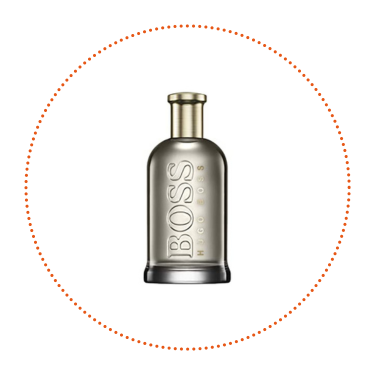
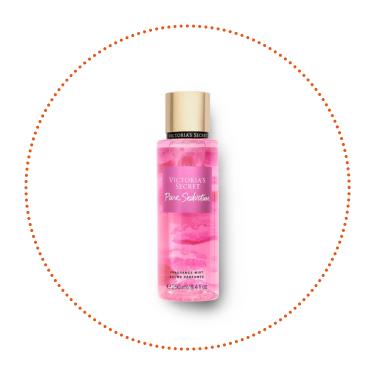




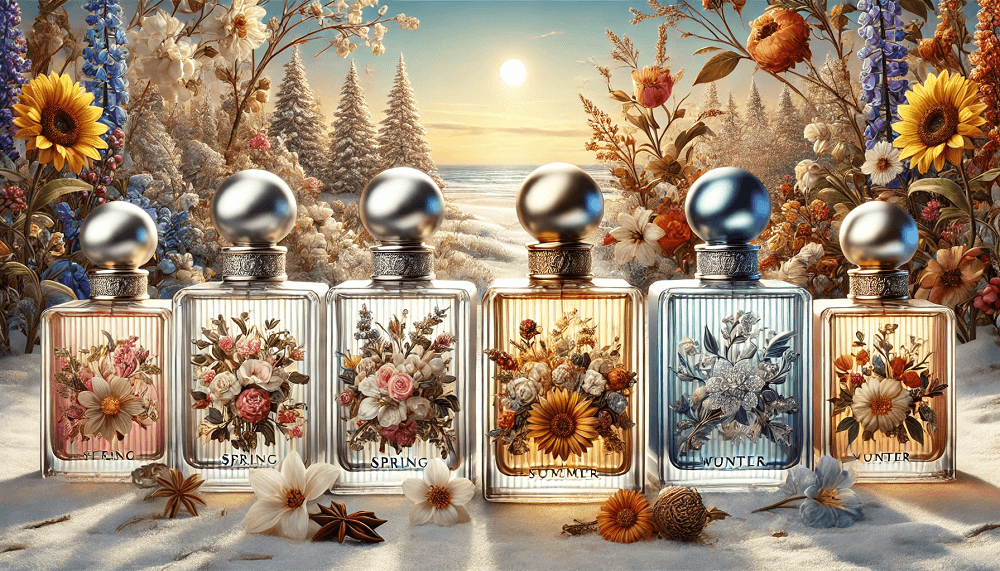
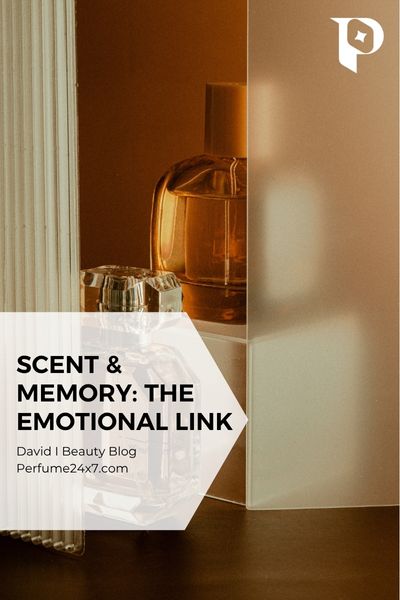

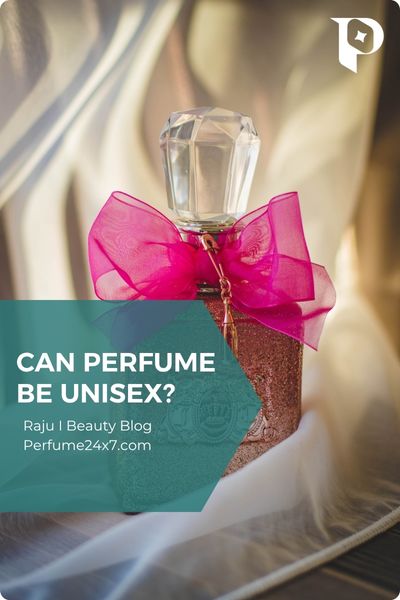
Leave a comment